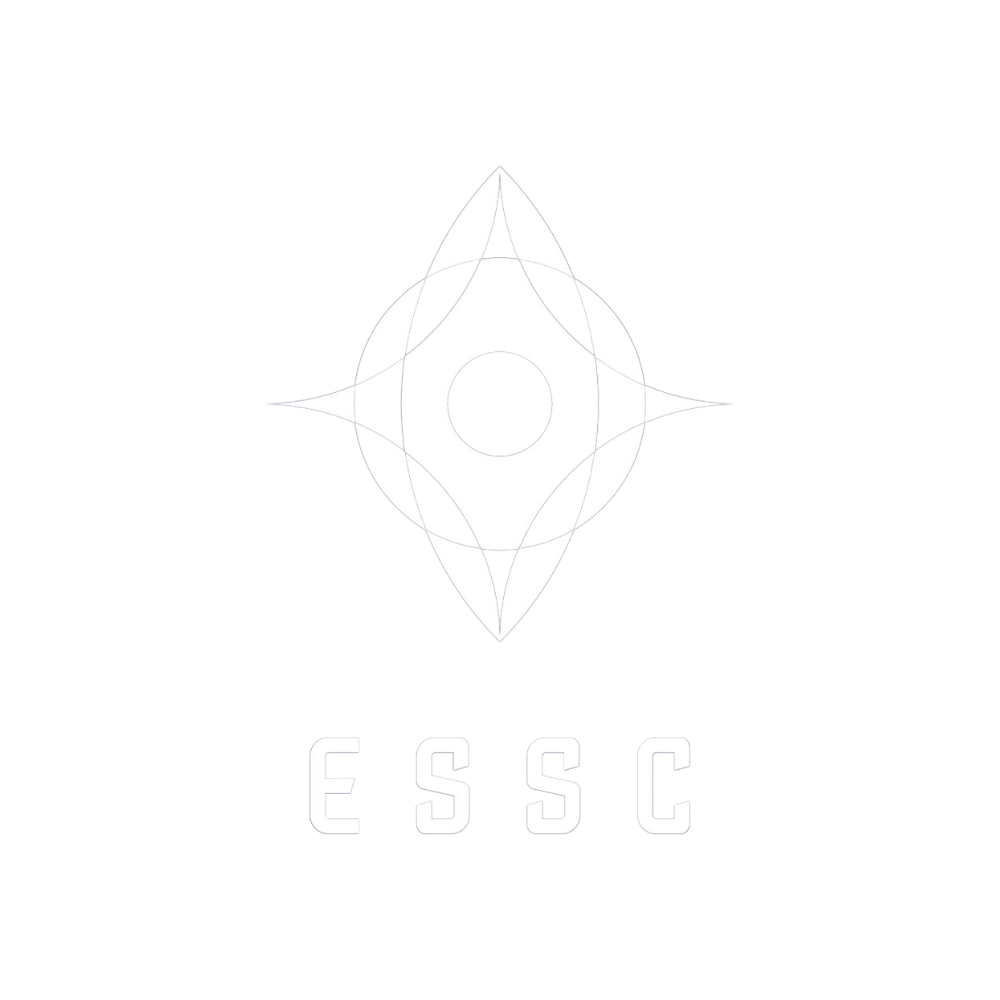ESSC Members

Christina Plainaki
Italian Space Agency (ASI), Italy
Research Interests
Modelling of the effects of radiation and plasma bombardment on moon icy surfaces
Christina Plainaki is a physicist of the Italian Space Agency (ASI) with research activity in the fields of circumterrestrial and planetary Space Weather. She earned her PhD in Physics in 2007 from the National and Kapodistrian University of Athens (Greece), having developed a space weather model for the determination of the response of the near-Earth space environment to solar energetic particle events and in particular for the reconstruction of the solar energetic particle spectrum in the Earth’s vicinity. In the period 2007-2017 she worked at Italy’s National Institute of Astrophysics (INAF), focusing her studies on the interactions of plasma and energetic particles with the environments of planetary bodies in the inner and outer Solar System, with special emphasis on Jupiter’s icy moons Europa and Ganymede.
Her research work is focused on the modelling of the effects of radiation and plasma bombardment on moon icy surfaces, where phenomena such as sputtering and radiolysis generate tenuous atmospheres. In this context, she has been developing Monte Carlo models for the generation and evolution of the exospheres of the Galilean moons, with direct application in the definition of future strategies for related space-based observations. She also studies the ion circulation in the mini[1]magnetosphere of Jupiter’s moon Ganymede and its temporal and spatial variability in the context of planetary space weather. Christina is also currently involved in studies of the interplanetary space and near-Mercury environment, on the basis of the data from the BepiColombo/SERENA experiment.
Her work is very relevant to the preparation for both Solar System exploration and Space Weather missions, to the planning of observations and to the interpretation of both remote sensing and in situ data. She currently participates in different Solar System exploration missions such as the ESA JUICE mission, the ESA/JAXA BepiColombo mission, and the NASA JUNO mission. She is also Co-Investigator of the METIS experiment on board the ESA Solar Orbiter mission and member of the international Hermean Environment Working Group (HEWG). Her expertise in space weather modelling and space missions has allowed her to participate, moderate and coordinate several national and international groups. She is currently a co-moderator of the COSPAR ISWAT cluster on “Space weather at planetary bodies in the Solar System” and panellist of the COSPAR Panel on Space Weather.
In 2014, Christina received the International Alexander Chizhevsky Medal for space weather and space climate (2014) for “outstanding results as a young scientist in space weather”. In the same year, she was also awarded the EGU Outstanding Young Scientist Award (2014) “for fundamental studies on cosmic ray physics and on the interaction of icy moons surfaces with planetary magnetospheres”.
She has written numerous scientific peer-reviewed papers and given invited talks and seminars in international conferences. Christina is also very interested in teaching and she often gives monographic lessons in various Universities and invited lectures in the context of PhD summer schools and courses worldwide.
